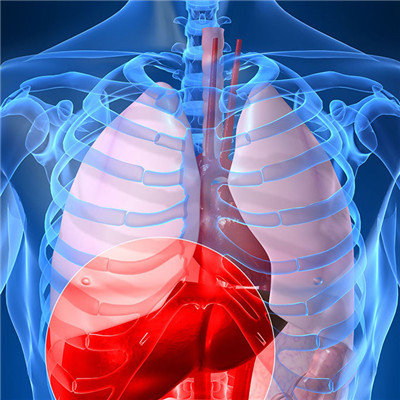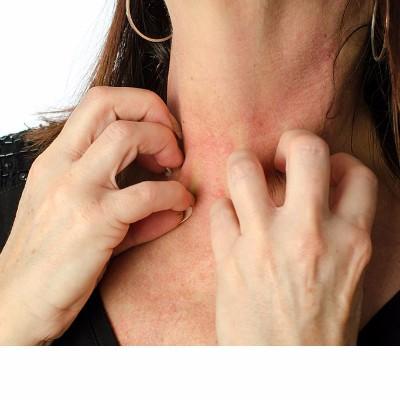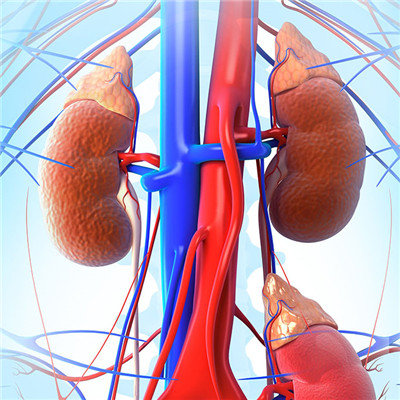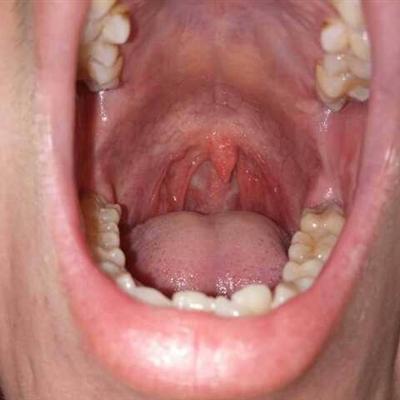Rickets in seven months?
summary
Vitamin D deficiency rickets is called rickets for short. The key to prevent rickets is to supplement enough vitamin D, the best way is to bask in the sun. Baby will have chicken breast, pillow convex (is the back of the head part of the hair seems to be polished the same) phenomenon. Got rickets to timely treatment, rickets will reduce the baby's resistance, easy to merge pneumonia and diarrhea and other diseases, affect the baby's growth and development. Now let's talk about the rickets symptoms of seven month old baby?
Rickets in seven months?
1. Calcium can prevent rickets. There are many kinds of rickets, the most common is "vitamin D deficiency rickets". The medical definition of the disease is "a chronic nutritional disease caused by calcium and phosphorus metabolism disorder due to vitamin D deficiency in children". So this disease has nothing to do with calcium supplement. It's useless for parents to give their children more calcium. If the vitamin D in the body is insufficient, they may suffer from this disease. There are many pathogenic factors, such as less sun exposure, less vitamin D in food, excessive growth, as well as some diseases and drug factors.
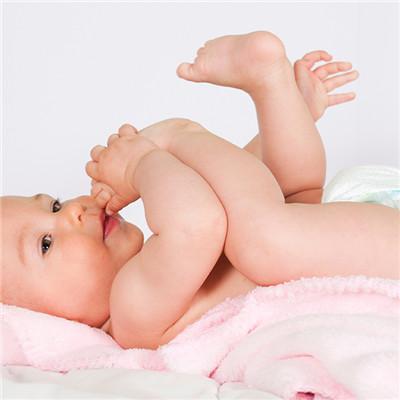
2. Rib valgus is rickets. Vitamin D deficiency rickets is characterized by abnormal metabolism of calcium and phosphorus, which makes the growing epiphyseal cartilage plate unable to calcify normally, resulting in bone lesions. Its typical symptoms are that the baby's head will be "square box like" at seven or eight months old, the ribs will be "beaded" at about one year old, and the bones at the wrists and ankles will be thickened, just like wearing bracelets and foot bracelets. These typical symptoms are one of the basis for the diagnosis of rickets. Of course, in the early stage of the disease, that is, within 6 months, the baby will appear crying, restless sleep, sweating, pillow baldness and other symptoms. When the baby starts to stand and learn to walk, it may appear X-shaped legs or O-shaped legs. However, these are not specific symptoms of rickets, such as baby sleep cover too thick, cause excessive sweating, also can appear pillow baldness. As for the causes of rib valgus are more, the child's liver is too large, elastic pants raised too high, may appear rib valgus. The baby appears these symptoms, the mother need not be too nervous, rickets diagnosis also needs to judge according to the biochemical index.
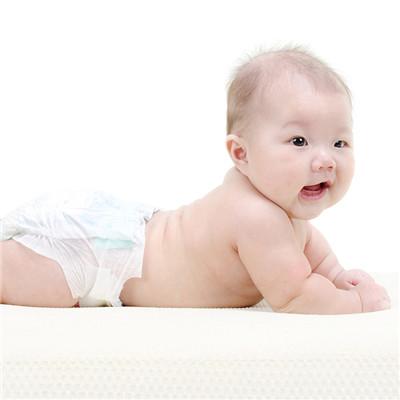
3. The diagnosis can be made by checking trace elements. At the gate of many maternal and infant products stores in Guangzhou, someone provides instruments to check calcium, iron, zinc and other trace elements for babies free of charge. Once found low calcium baby, the staff will tell the mother that the baby may have rickets. Some mothers will take the baby to the hospital, the doctor will give the baby blood calcium test to determine whether it is rickets. Can these tests really diagnose rickets? Su Yixiang said that these tests can not be used as the basis for diagnosis. The biochemical index for diagnosis of rickets depends on the amount of "serum 25 - (OH) d", which is a reliable index. However, this test has not been popularized in many hospitals. Parents had better take their children to have rickets specialist hospital to do examination, so as to avoid being mistakenly wearing rickets hat.
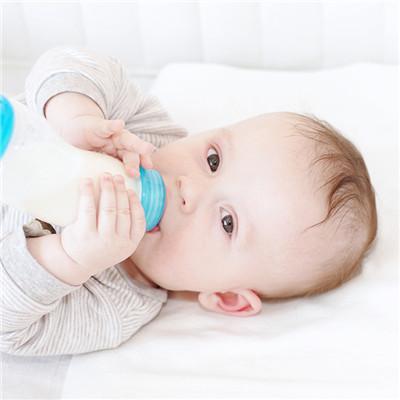
matters needing attention
After one year old, there is no need to supplement vitamin D. some parents will go to the other extreme and feel that children's outdoor activities will increase after one year old, so they do not need to supplement vitamin D. Some parents will also say that when we were young, we didn't make up for anything, and we didn't get rickets. Su Yixiang thinks that this is also a kind of misreading. In fact, children under 5 years old, pregnant women and lactating mothers are all high-risk groups for vitamin D deficiency. Vitamin D is less in natural food, so it is more important to get enough sunlight. Unfortunately, high buildings in big cities can block sunlight, and air pollution can also absorb some ultraviolet rays. Especially in recent rainy days in Guangzhou, children may not have enough vitamin D synthesized by sunlight. Coupled with some social factors, children's outdoor activities in kindergartens are less and less. These are different from the situation 20 years ago. Today's children still have the need to supplement vitamin D in an appropriate amount.

